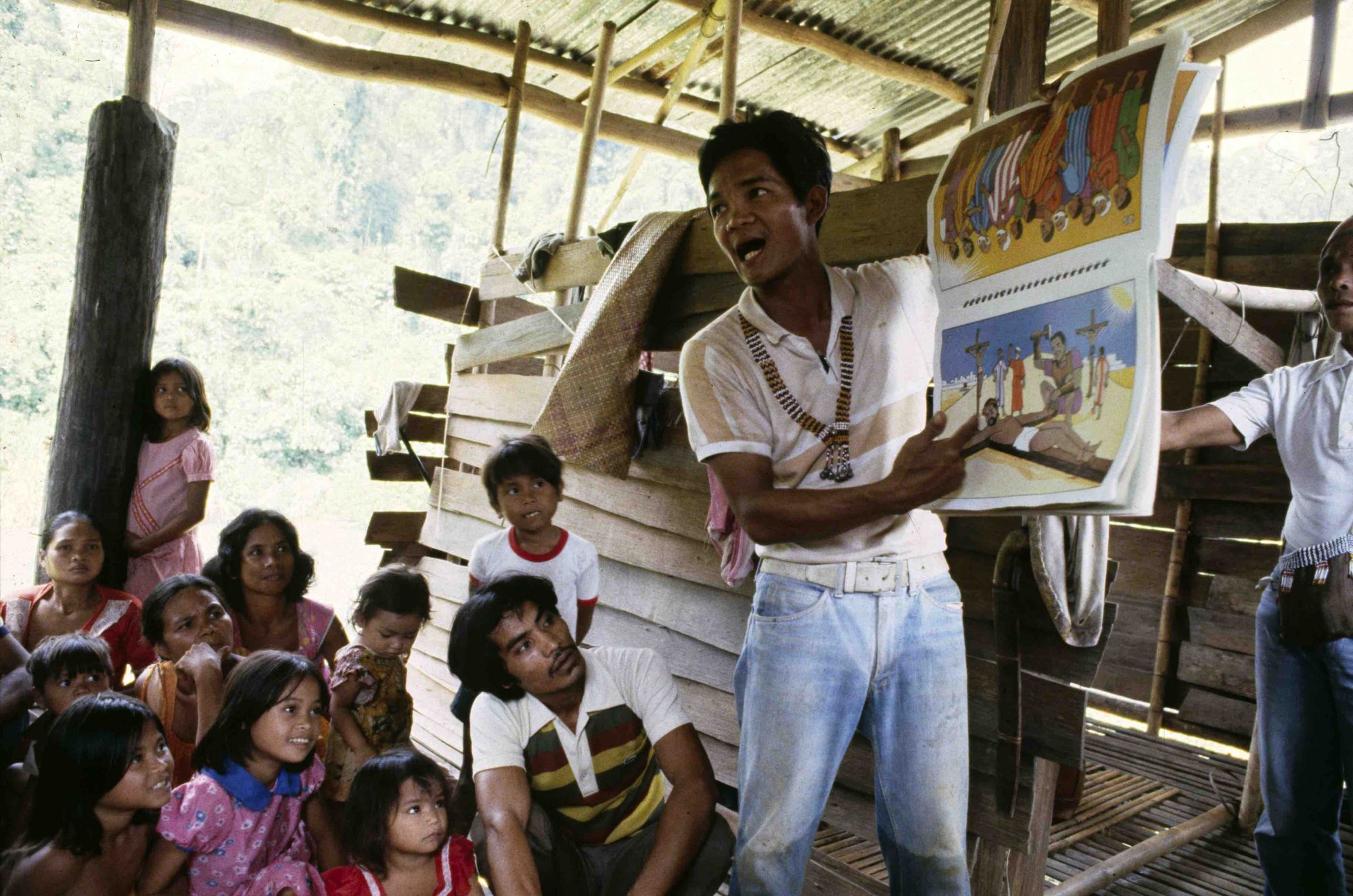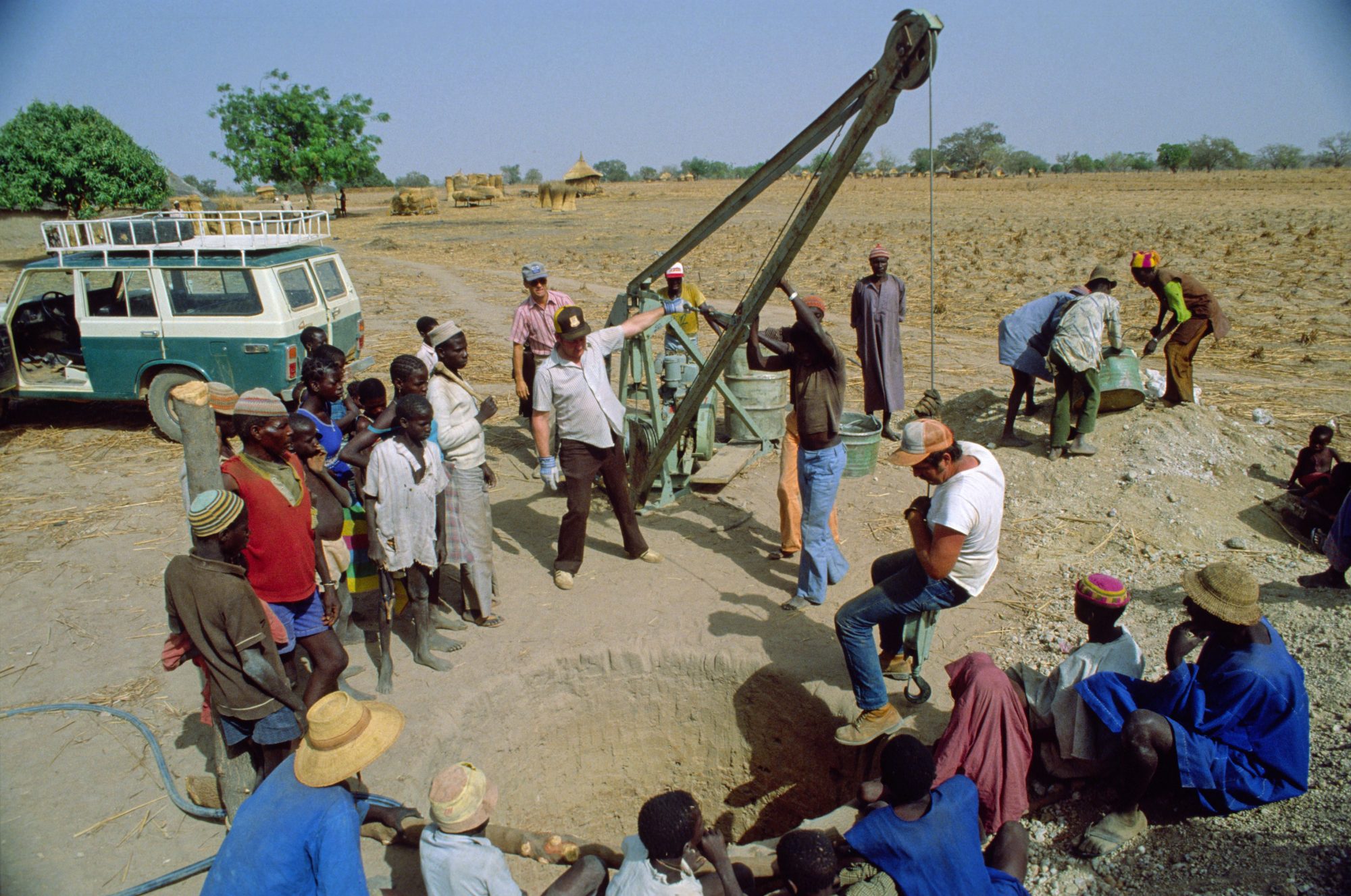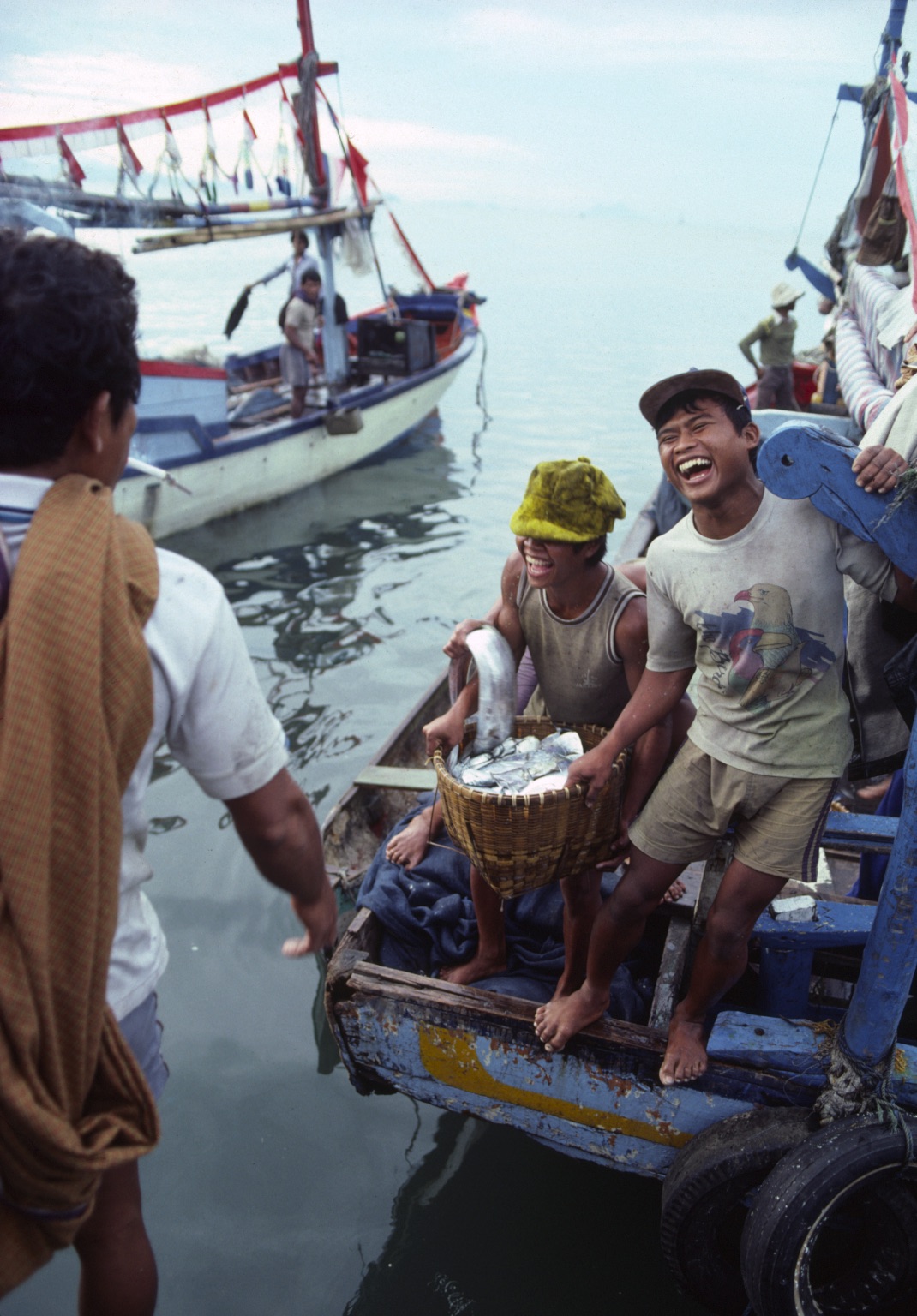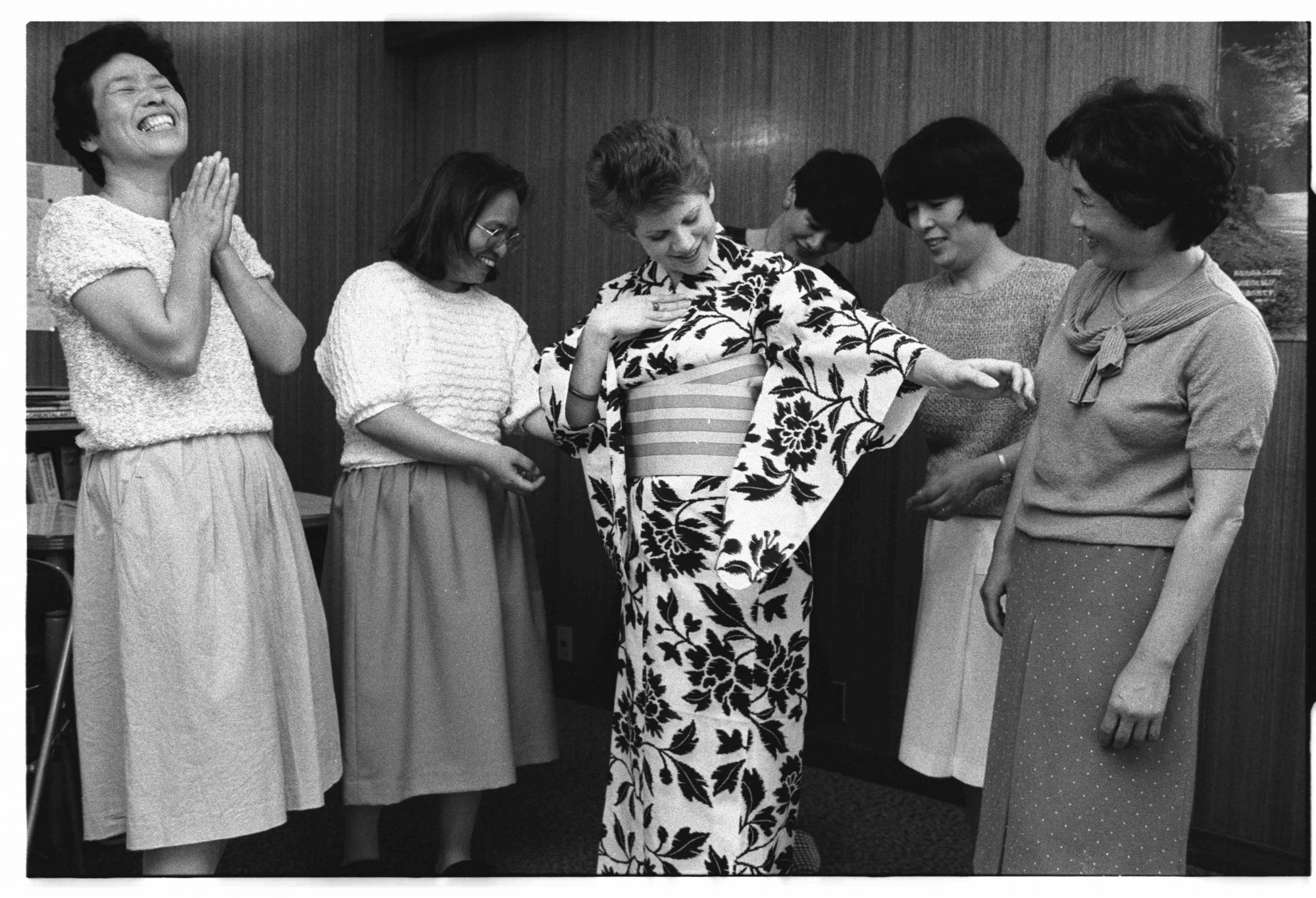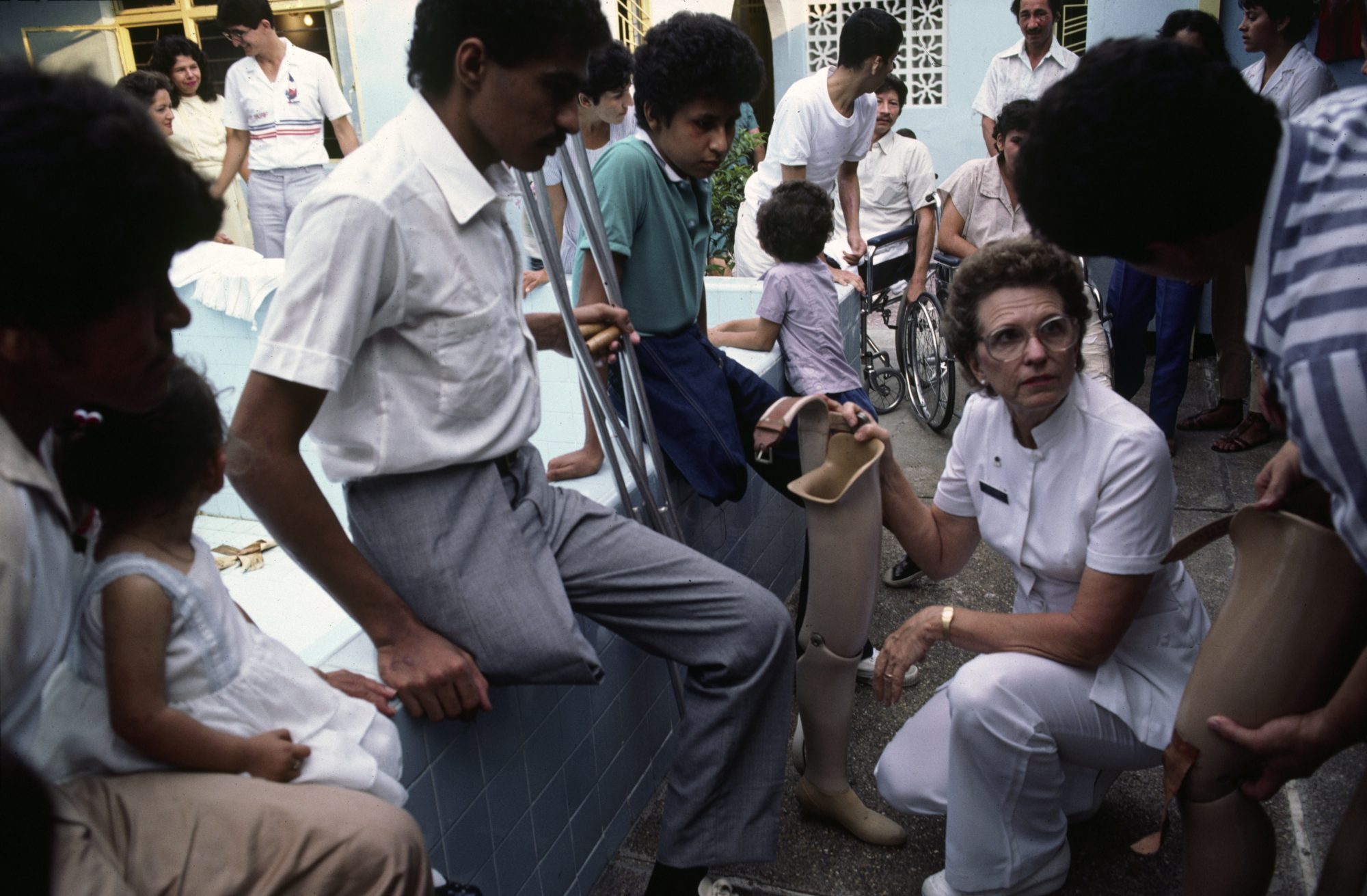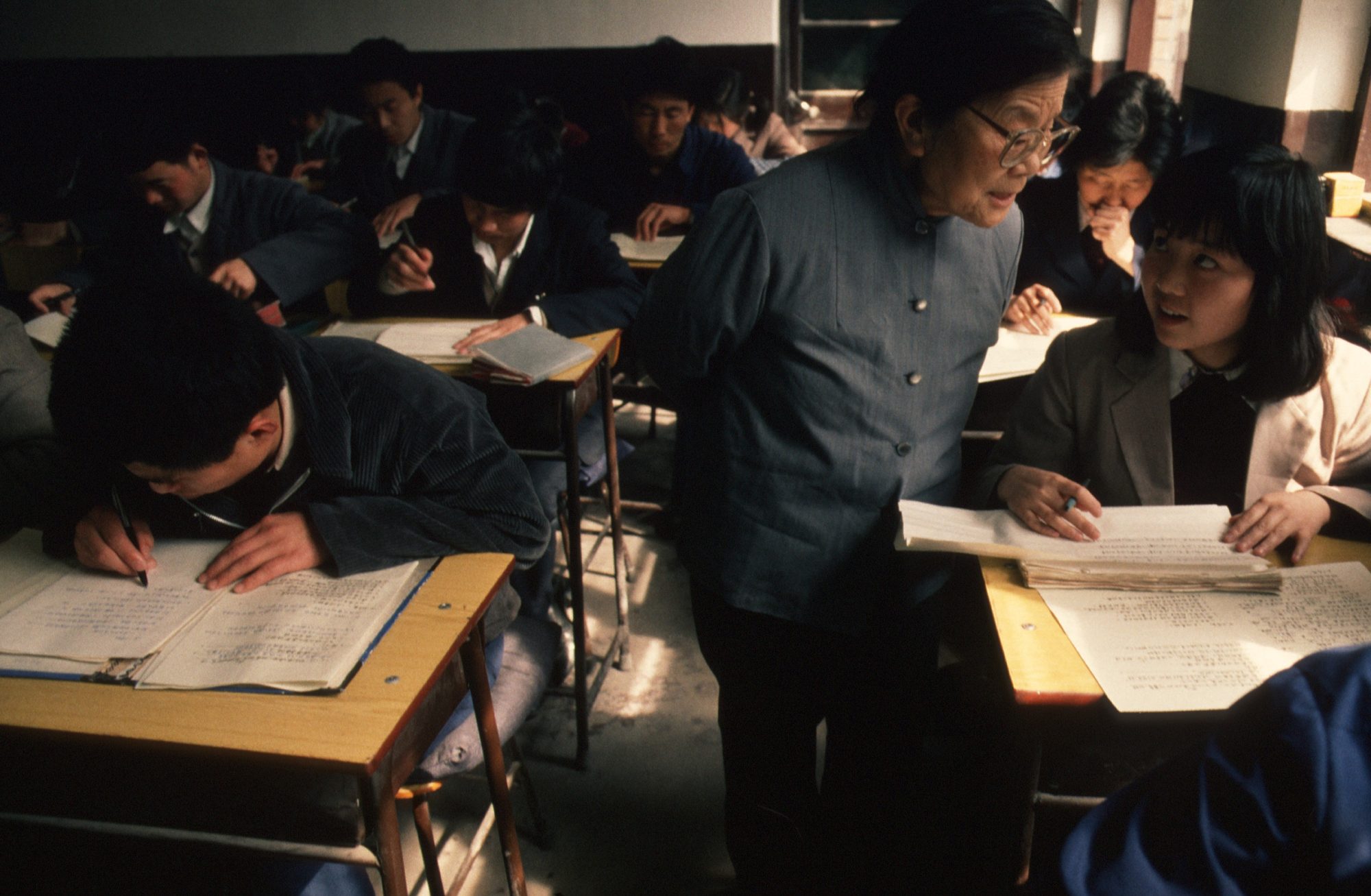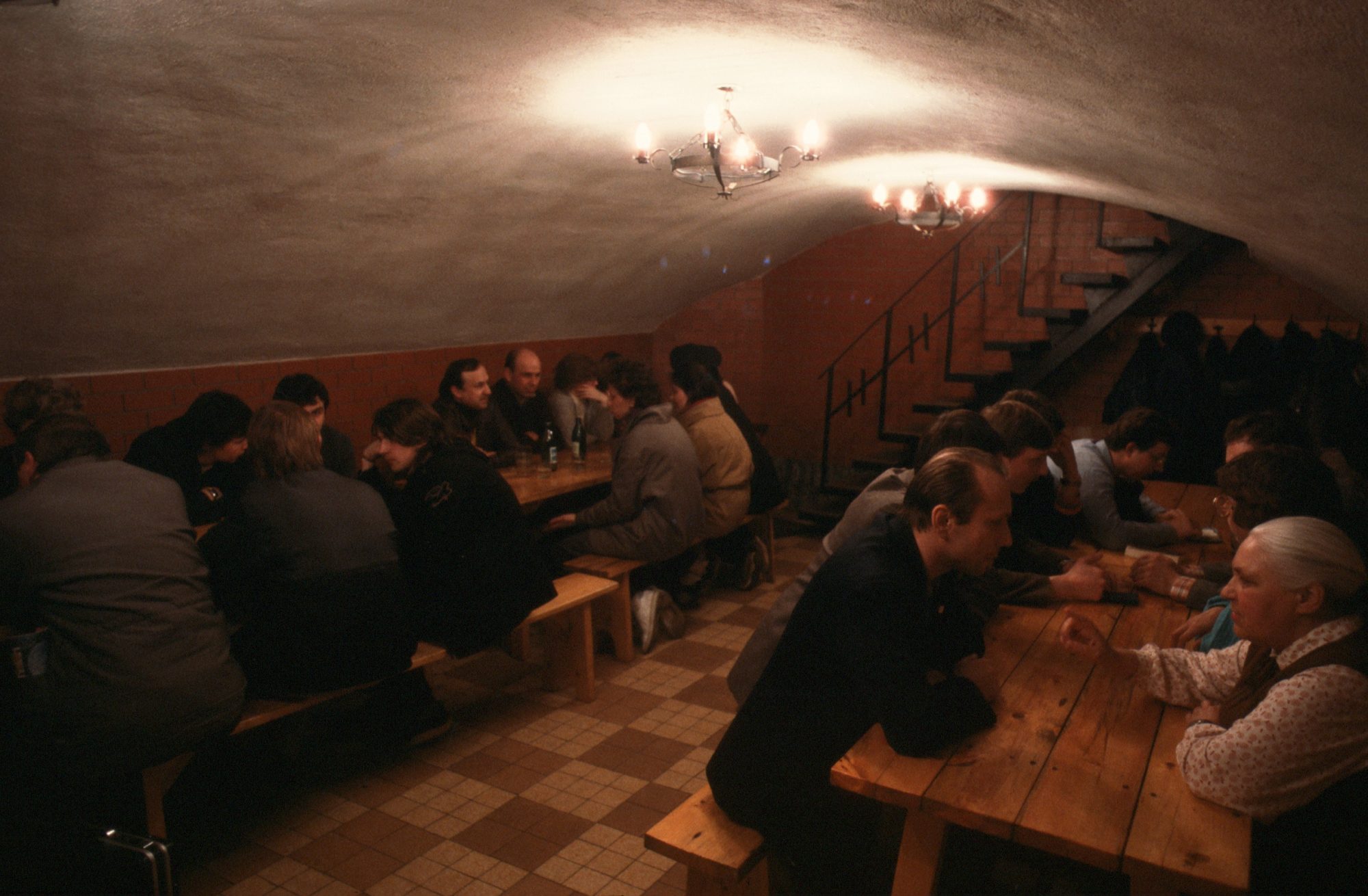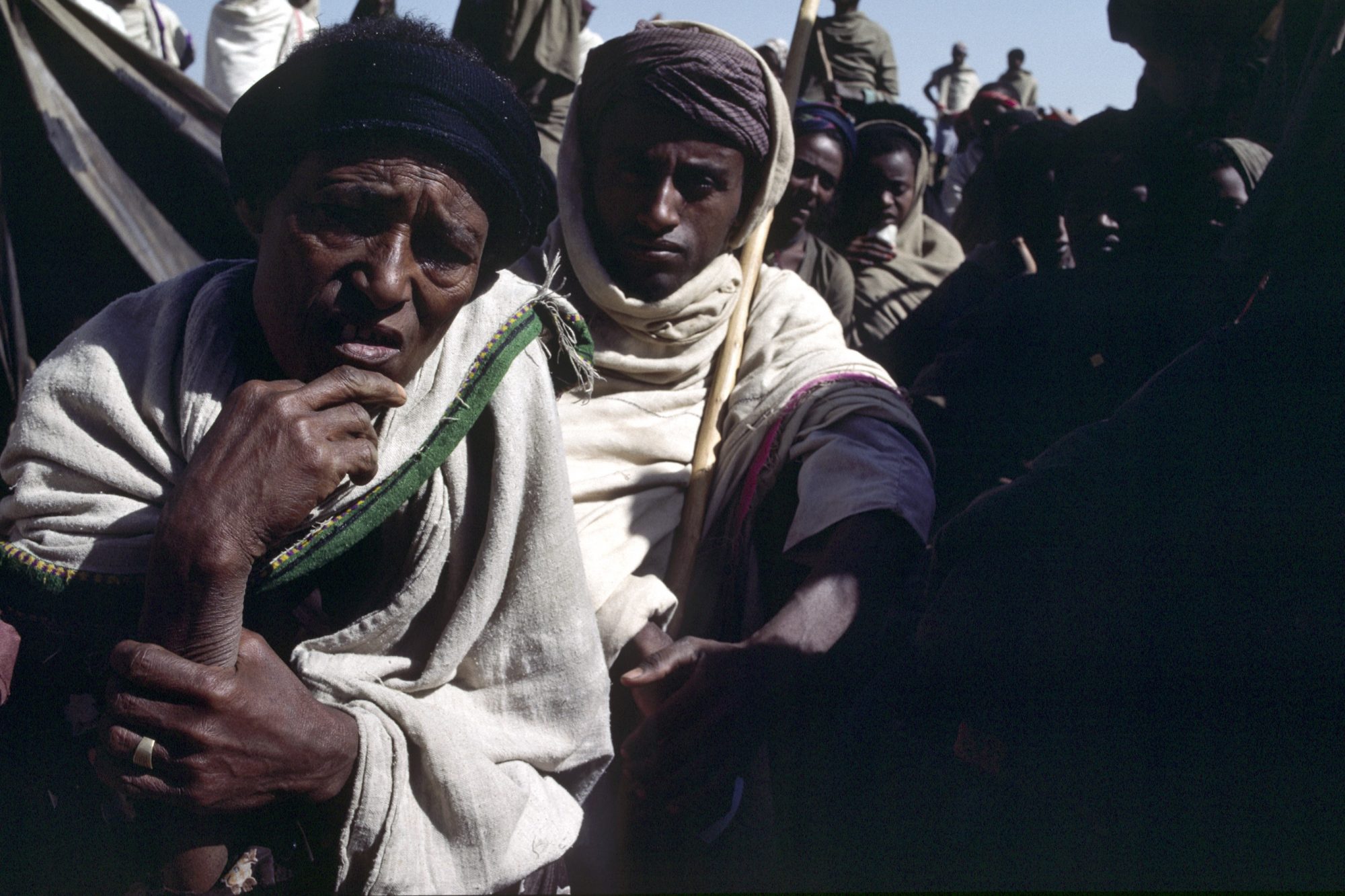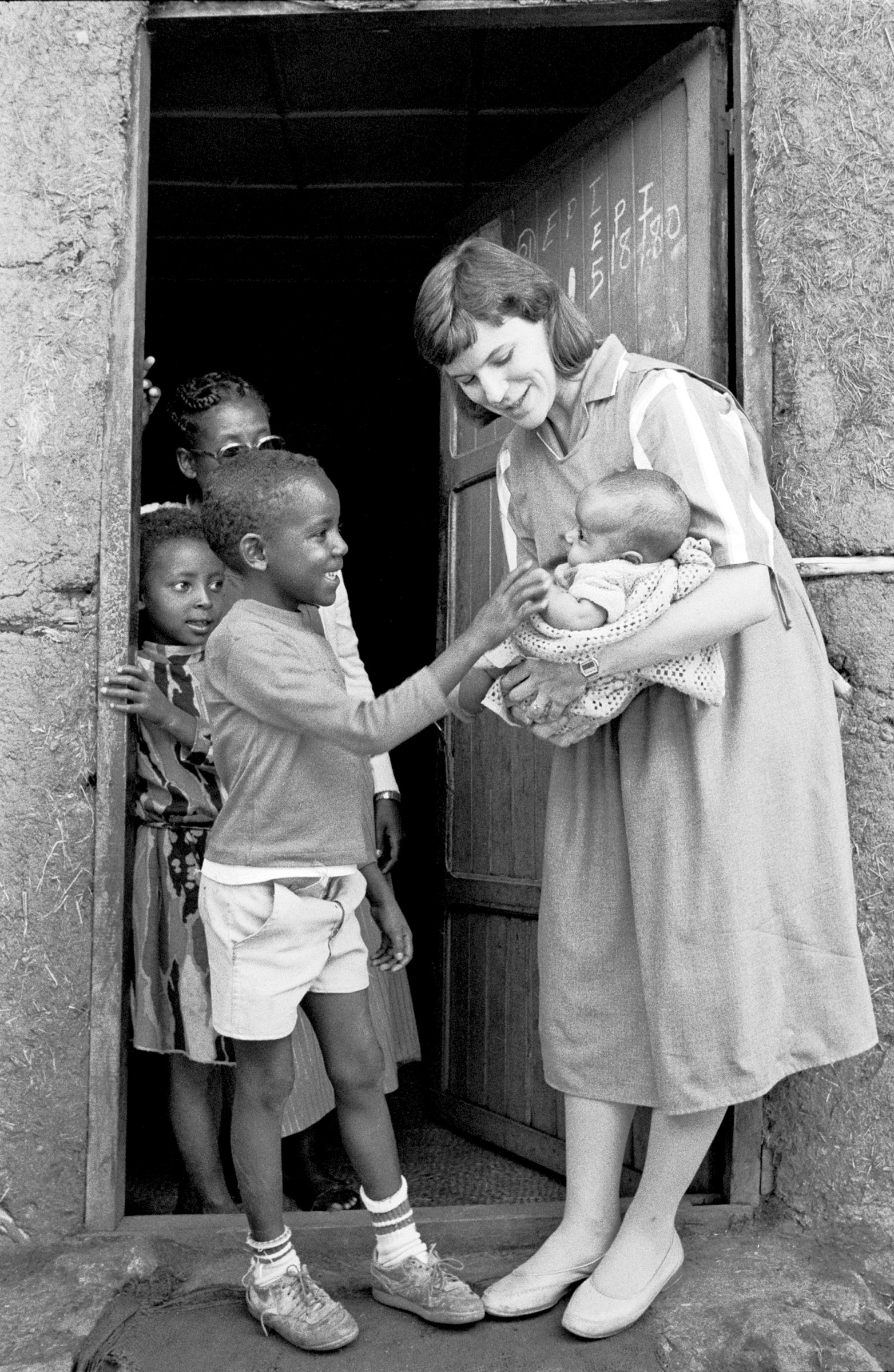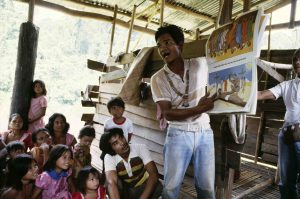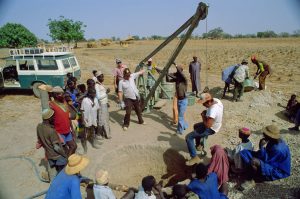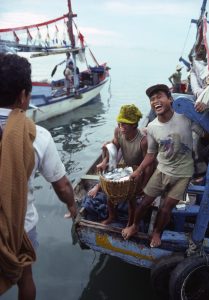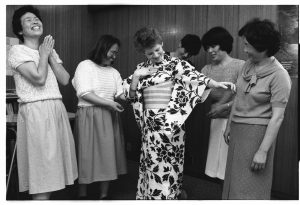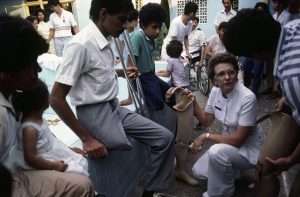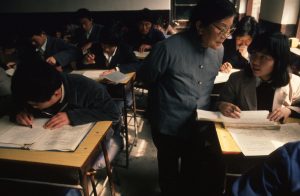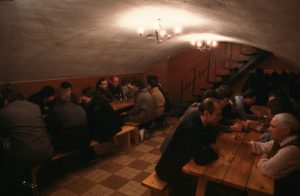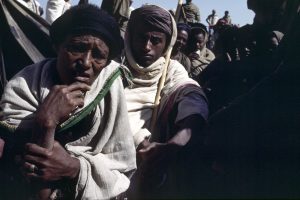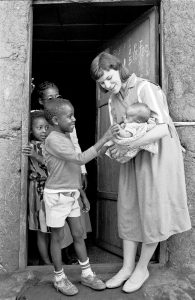1980s
The FMB wrestled with how to get the gospel into areas where missionaries are forbidden. The fall of the Berlin Wall set the stage for unprecedented work in former Soviet lands.
The 1980s were characterized by world events with far-reaching consequences for sharing the gospel, increasingly through creative and non-traditional means. China began slowly opening to the outside world after years of isolation. Although Foreign Mission Board missionaries were not allowed to re-enter China, in the mid-1980s Cooperative Services International formed to meet needs expressed by Chinese Christian and secular institutions — in particular, their desire for teachers.
As the FMB wrestled with how to reach the quarter of the world’s population living in countries where missionary presence is forbidden, the concept of the non-residential missionary was developed in 1986. Non-residential missionaries would reside outside a country’s borders but develop strategies for sharing the gospel with particular people groups in that country. Within five years, non-residential missionaries were at work in 30 countries.
Southern Baptists continued ministering through short-term teams and humanitarian relief projects, just as they had in the 1970s. In 1984 news of the famine in Ethiopia raised Baptists’ awareness of hunger needs around the world, and they responded by giving a record $7.2 million in relief funds, part of which went to Ethiopia. A year later, Baptists partnered with local Christians to minister to Colombians affected by a volcanic eruption.
IMB Milestones
Significant Ministry Events
‘Hidden Peoples’ Concept Expanded Mission Efforts
Foreign Mission Board leaders began seriously considering the concept of “hidden peoples” —people who do not have churches or active evangelism happening among them. To date, missionaries had focused mostly on geo-political countries and official languages, yet thousands of ethnic groups, each with a distinct language and culture, needed access to the gospel message.
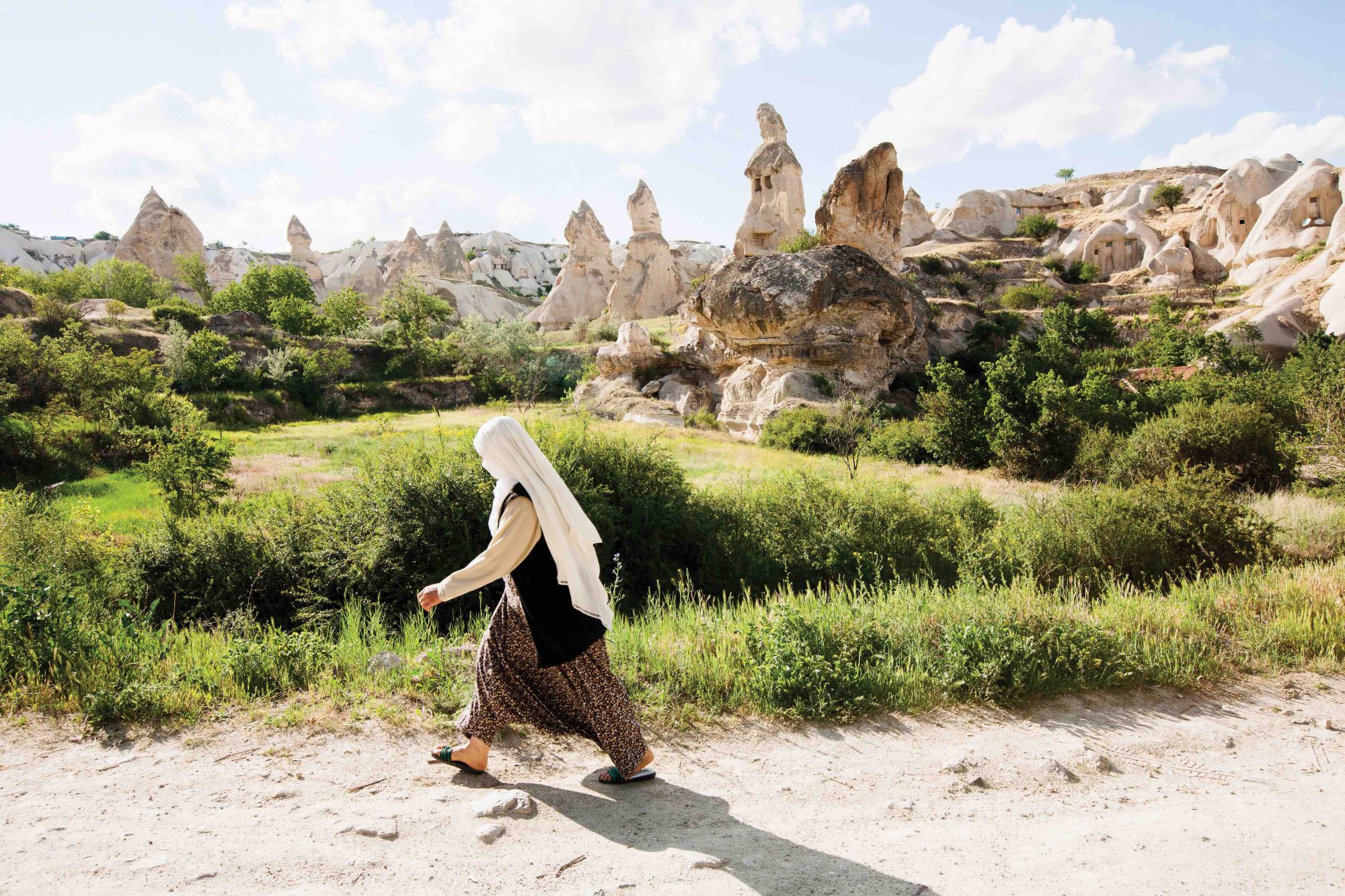
Do the Harder Things
In the mid-1980s, missionaries in Indonesia realized that people on the same island didn't necessarily share the same culture.
Missionary Learning Center Opened
Career missionary orientation sessions began at the new Baker James Cauthen and Eloise Glass Cauthen Missionary Learning Center in Virginia. The seven-week program was set to occur six times annually. Over the years the duration and frequency of the program fluctuated, but all missionaries are still required to attend orientation at the Learning Center prior to serving overseas.
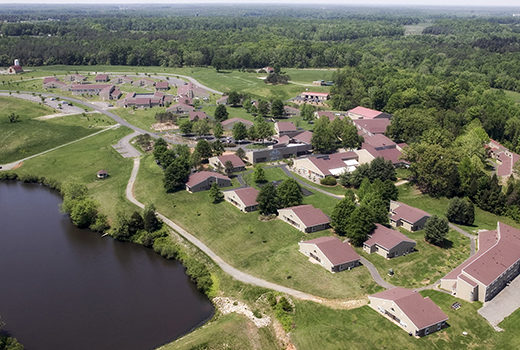
Build for a Dream
How often do dreamers get to build out the visions in their heads? Sam James got the chance.
Cooperative Services International Formed
The Foreign Mission Board created Cooperative Services International to focus on countries where traditional missionary presence was not possible. The organization’s leaders began grappling with the challenge of evangelizing all the world’s people, wherever they live.
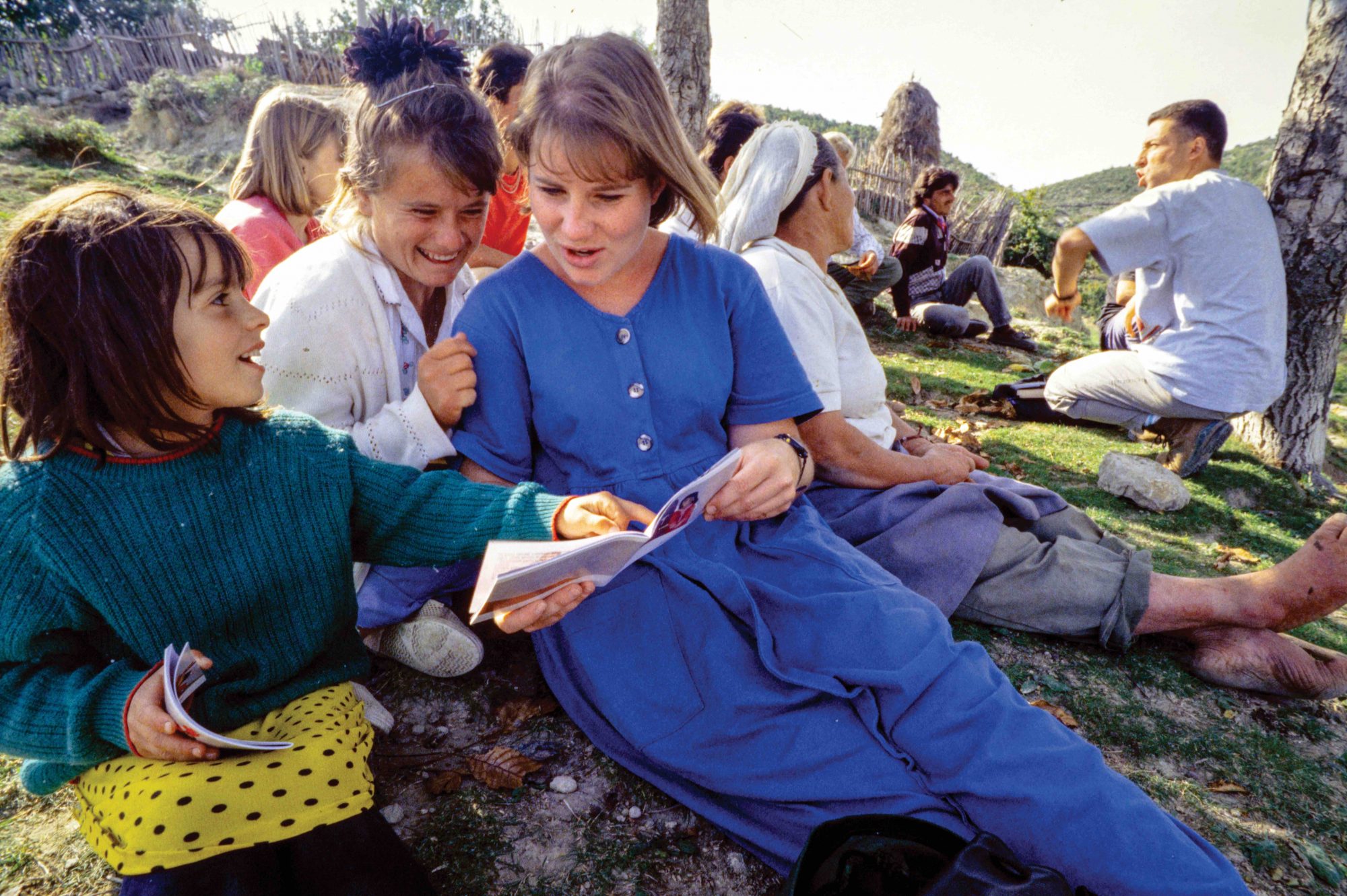
Non-Residential Missionary Program Launched
The non-residential missionary program launched to proclaim the gospel to the one-fourth of the world’s population living in areas closed to traditional missionary presence. Missionaries began entering countries using tourist visas or other legal means for a few weeks at a time, seeking to start self-sustaining churches.
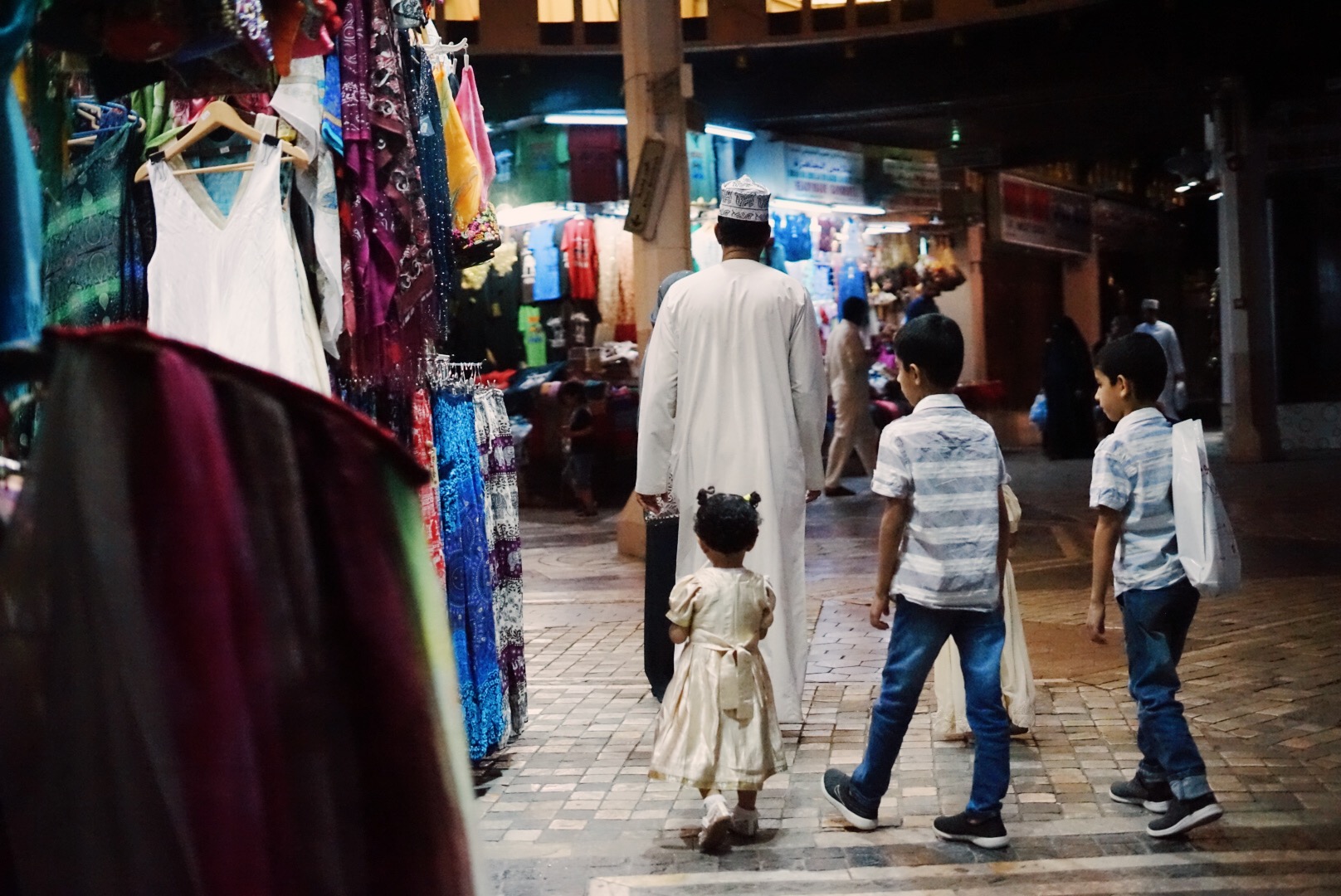
Missions Offering Total Surpassed $1 Billion
Cumulative receipts for the Lottie Moon Christmas Offering® surpassed $1 billion.

First Deaf Missionary Sent
The Foreign Mission Board’s first Deaf missionary, Yvette Aarons, was commissioned for a four-year special assignment to Trinidad. She was appointed as a career missionary to Trinidad in 1993 and also served in St. Lucia and Thailand before retiring in 2016.
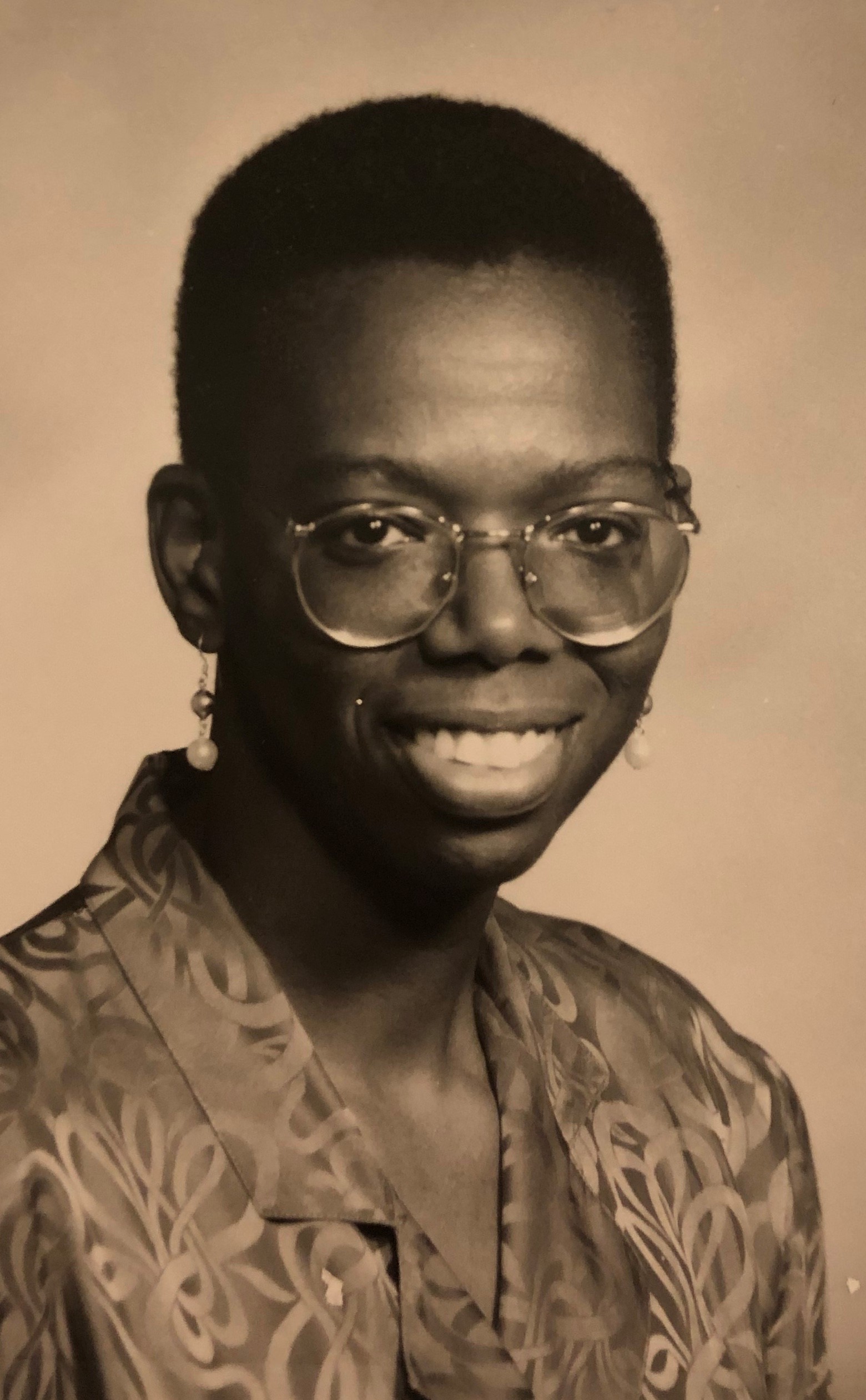
Missions in Context
Major World Events
Anwar el-Sadat Assassinated
Egyptian President Anwar el-Sadat was shot by Muslim extremists in Cairo. Sadat and Israeli Prime Minister Menachem Begin, along with U.S. President Jimmy Carter, signed the Camp David Accords in September 1978, leading to a peace treaty between Egypt and Israel. Sadat, a Nobel Peace Prize winner, was succeeded by Hosni Mubarak, who led Egypt until the Egyptian Revolution in 2011.
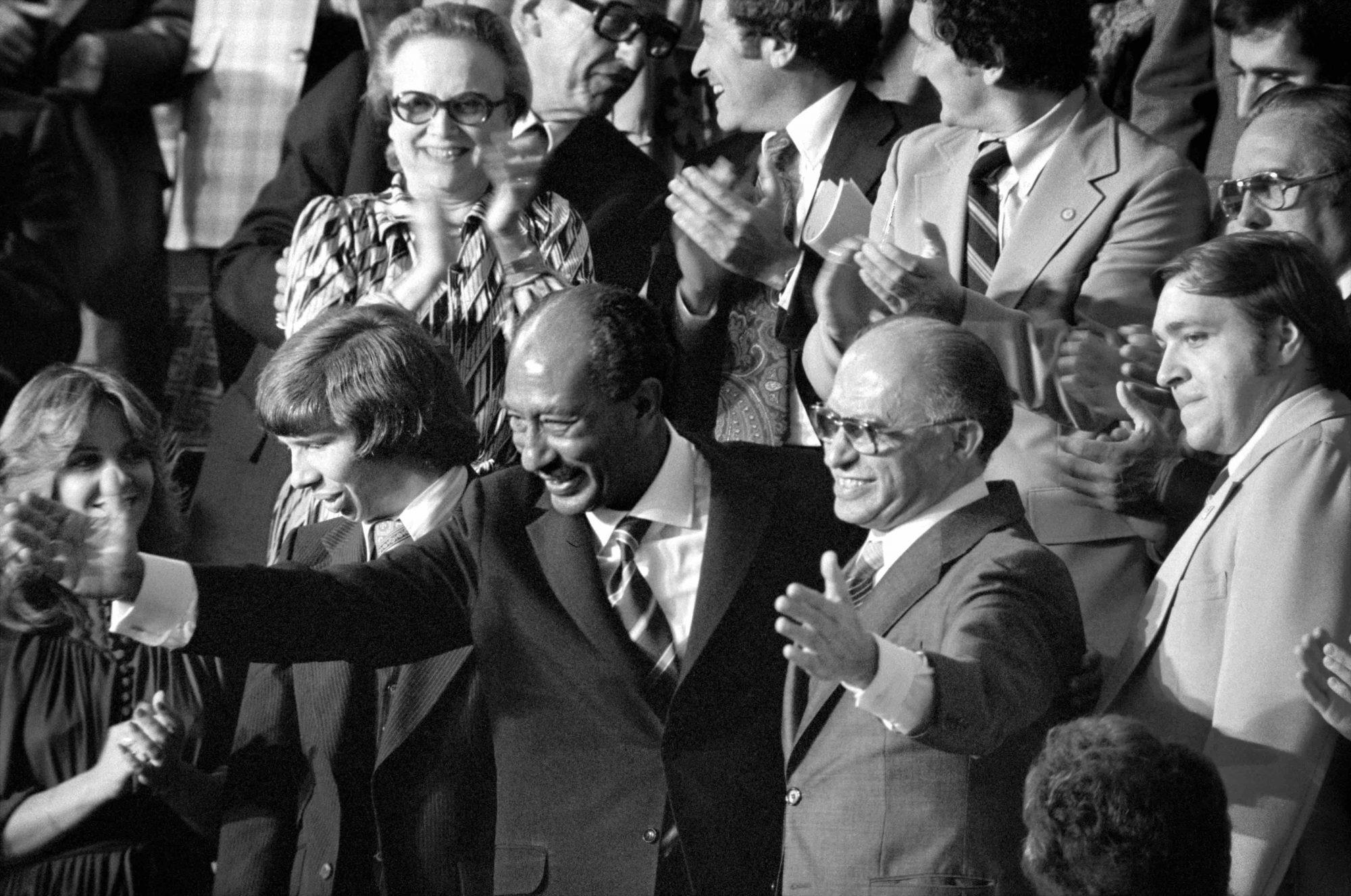
First Laptop Computer Sold
The first laptop computer available to the public, the Osborne 1, was made by the Osborne Computer Corporation. The earliest laptops were not the notebook style of today. Laptops, along with the emergence of the internet in the ‘80s and ‘90s, revolutionized the way people work and communicate around the world.
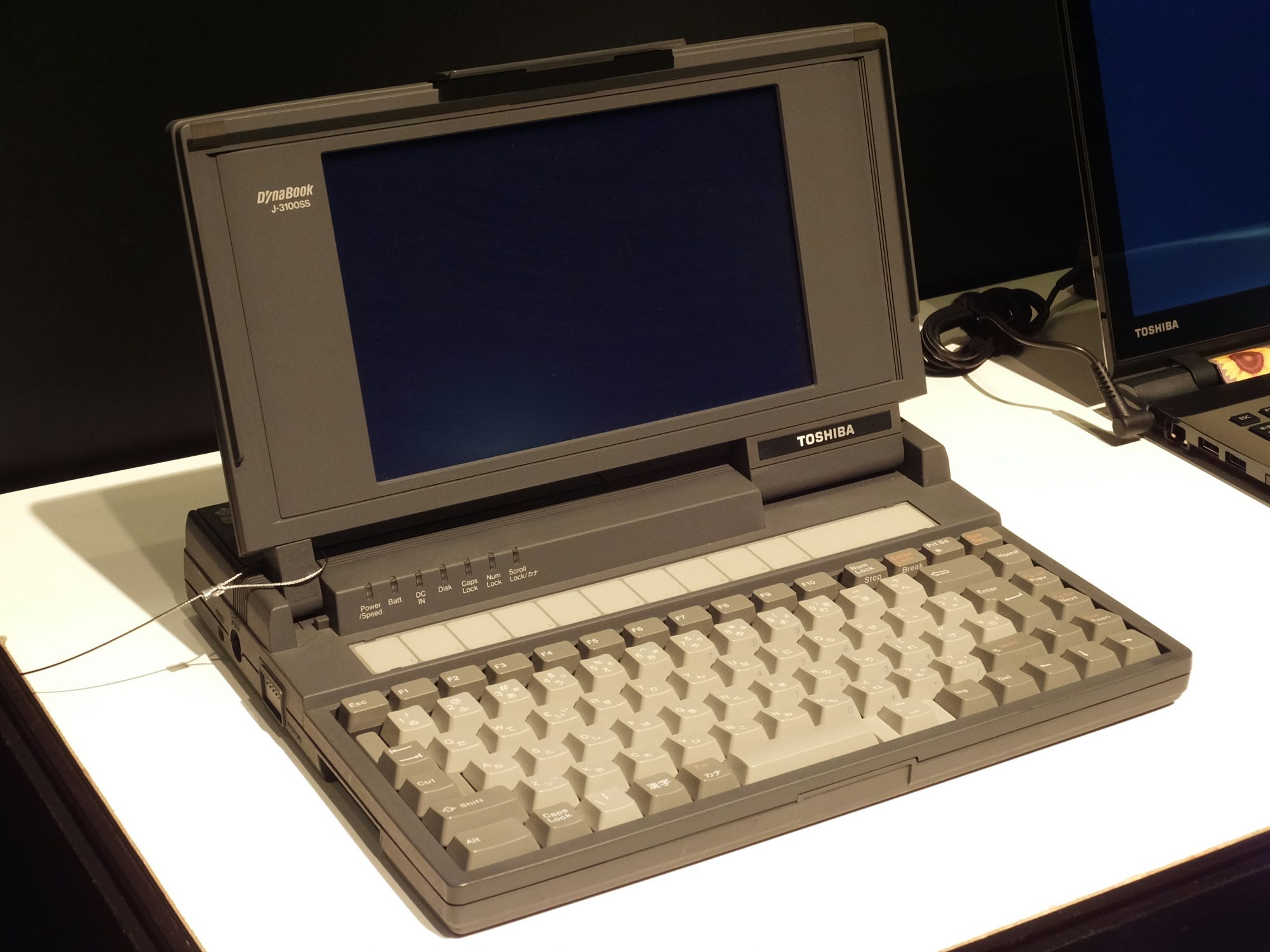
AIDS Name Used for the First Time
In 1982, CDC officials started using the name Acquired Immune Deficiency Syndrome (AIDS) to refer to the condition caused by the Human Immunodeficiency Virus (HIV). By 2018, close to 38 million people in the world were infected, including 1.7 million children. Southern Baptist missionaries serving in sub-Saharan Africa see the devastation of this disease firsthand, as over two-thirds of those with HIV/AIDS live in this region. HIV/AIDS has lowered the adult life expectancy in many of the countries by 20 years, and more than half of those infected are women.
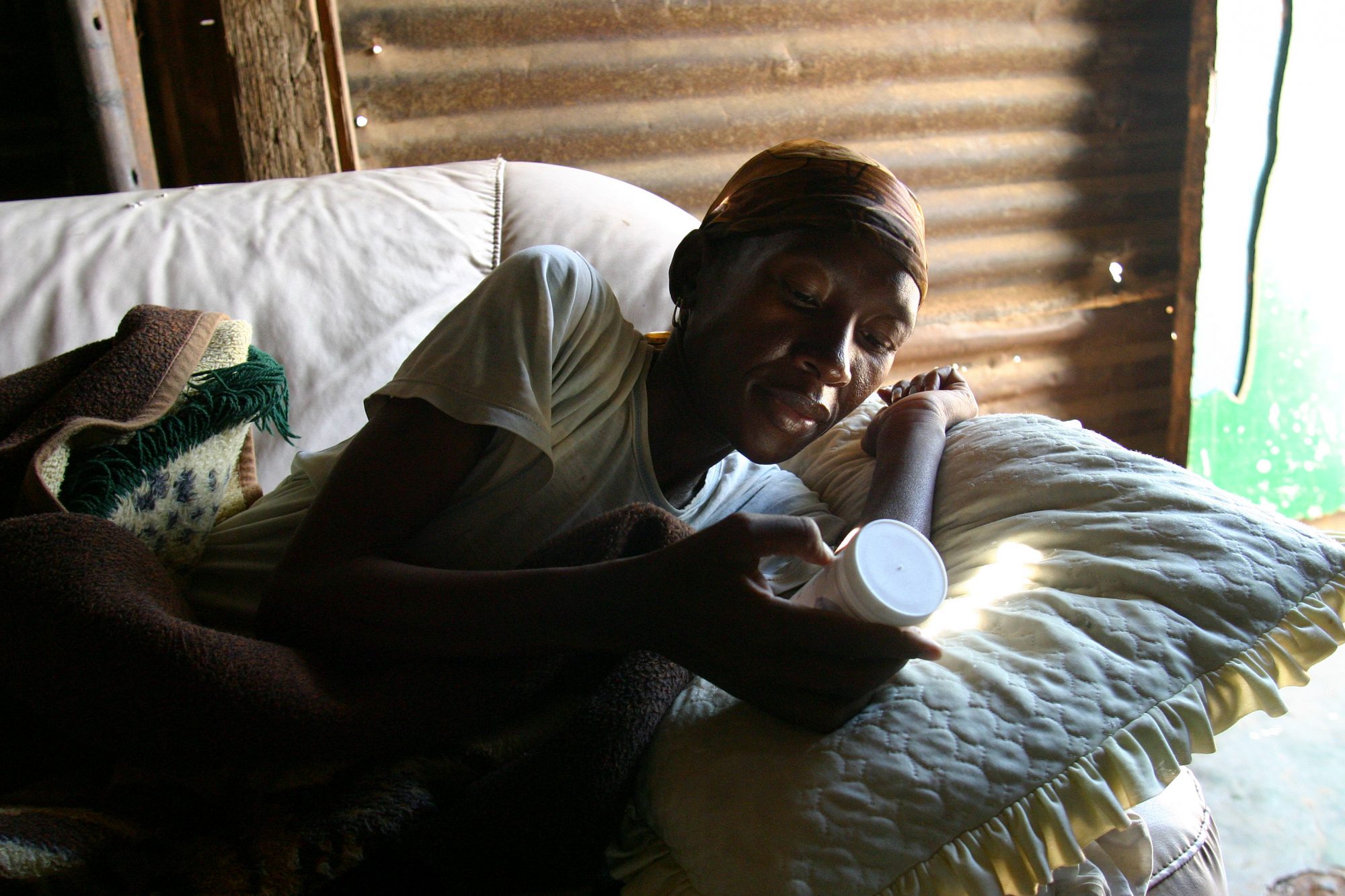
Famine Struck Ethiopia
From 1983 to 1985, the world watched as Ethiopia was hit with its worst famine in more than a century, claiming 1.2 million lives, leaving hundreds of thousands of people displaced, and around 200,000 as orphans. Public awareness was raised for the crisis and Southern Baptists sent aid to those in need, which opened a door for workers to teach and share the gospel.
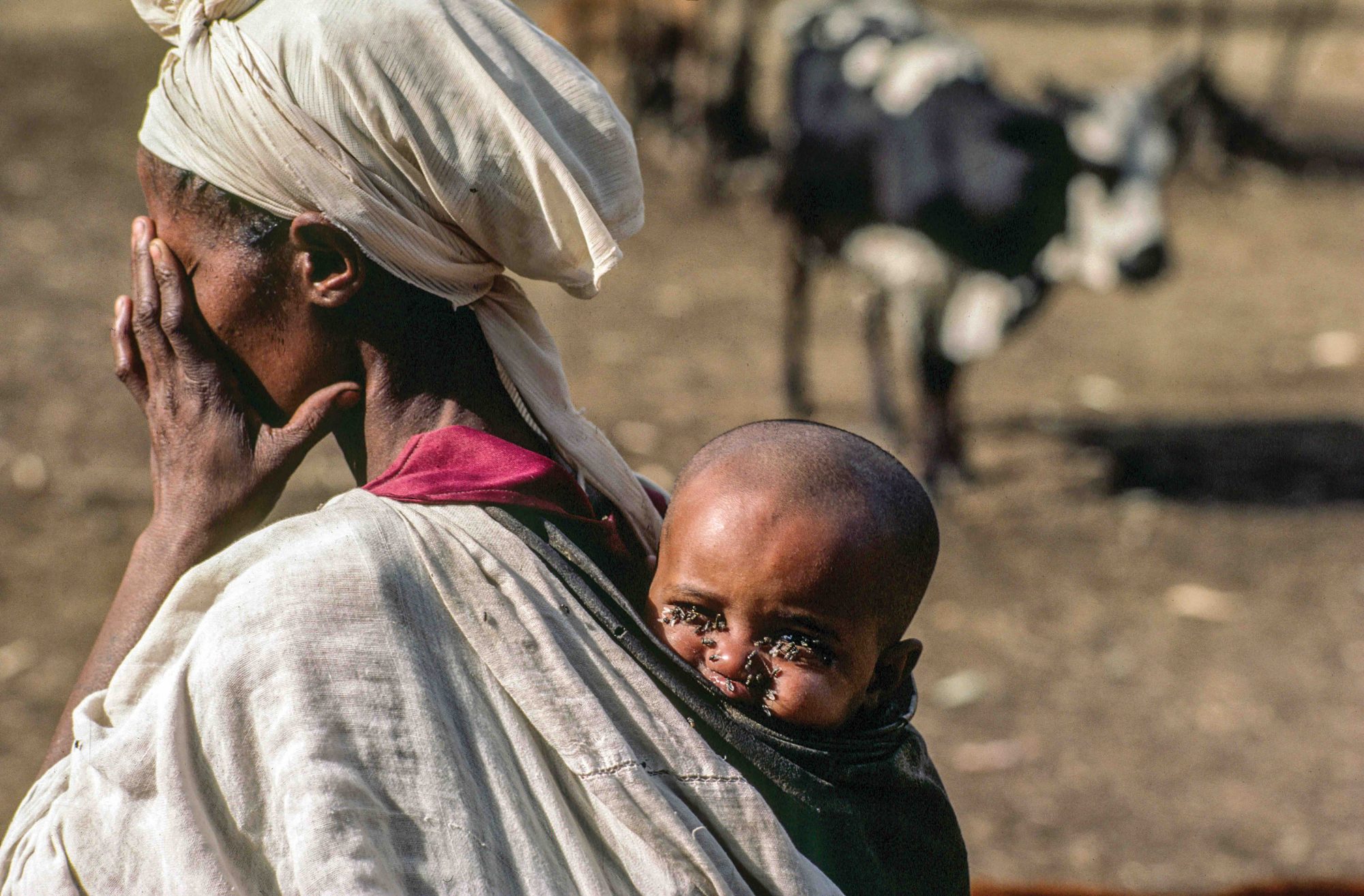
Chernobyl Nuclear Reactor Exploded in U.S.S.R.
The Ukrainian city of Pripyat, then part of the U.S.S.R., became the scene of one of the worst nuclear disasters in history when a failed experiment led to explosions and the total meltdown of one of the reactors, releasing more radioactivity than atomic bombs dropped on Hiroshima and Nagasaki in 1945. The short-term death toll of 31 given by the Soviet Union did not take into account the thousands of others who were impacted by unhealthy amounts of radiation over the years that followed. Many believe the disaster hastened the end of the U.S.S.R. due to the costs of recovery, as well as the attempted coverup by government officials.
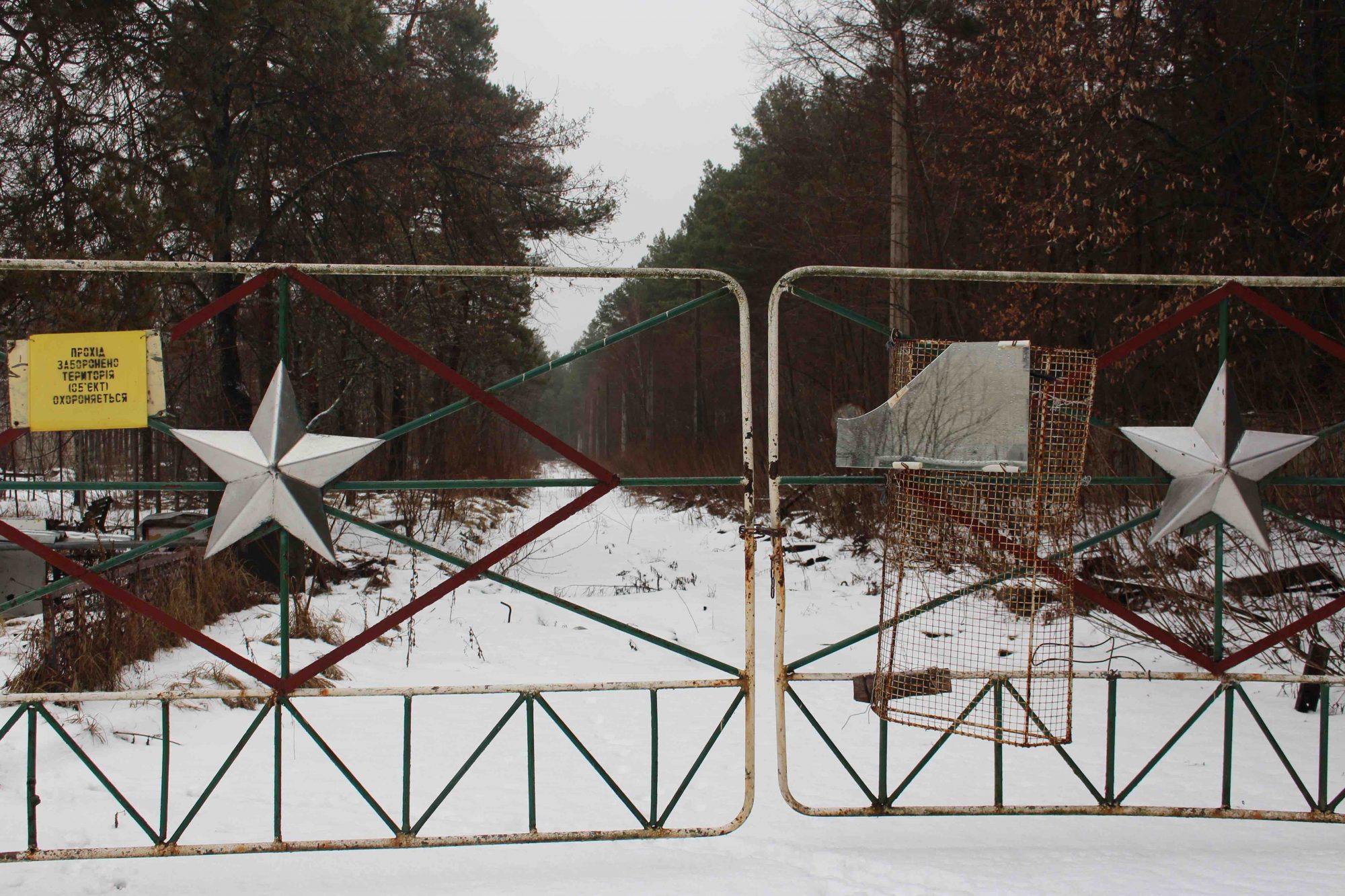
Berlin Wall Torn Down
Although it did not receive much media attention at the time, Ronald Reagan’s “Tear Down this Wall” speech at the Brandenburg Gate in West Berlin in 1987 became an iconic and somewhat prophetic speech about the fall of communism in Eastern Europe and the U.S.S.R. On November 9, 1989, the gates of the Berlin Wall were opened, and the wall was eventually torn down, signifying the fall of the Iron Curtain and resulting in Germany’s reunification in October 1990. In 1991, the Soviet Union fell after an attempted coup against Mikhail Gorbachev failed, and the stage was set for the Commonwealth of Independent States, led by Boris Yeltsin. The dissolution of the Soviet Union into 15 independent republics led to a new openness for Foreign Mission Board work in subsequent years.
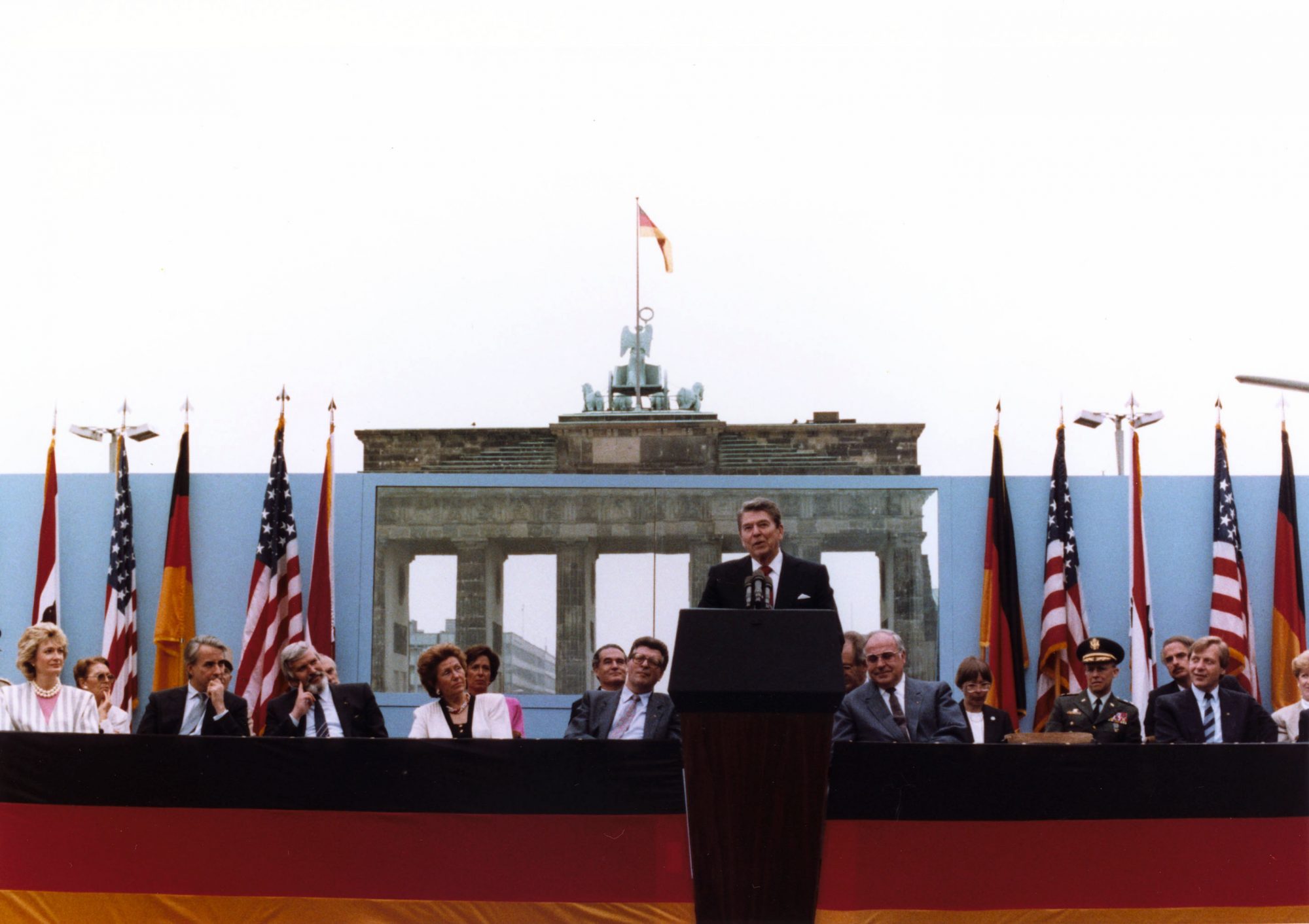
Missionary Profiles
Honoring Faithful Service
David and Maxine King
“There were times when mortar shells were falling on the seminary campus. During those years, we lived while over 100,000 people died violent deaths all around us.”
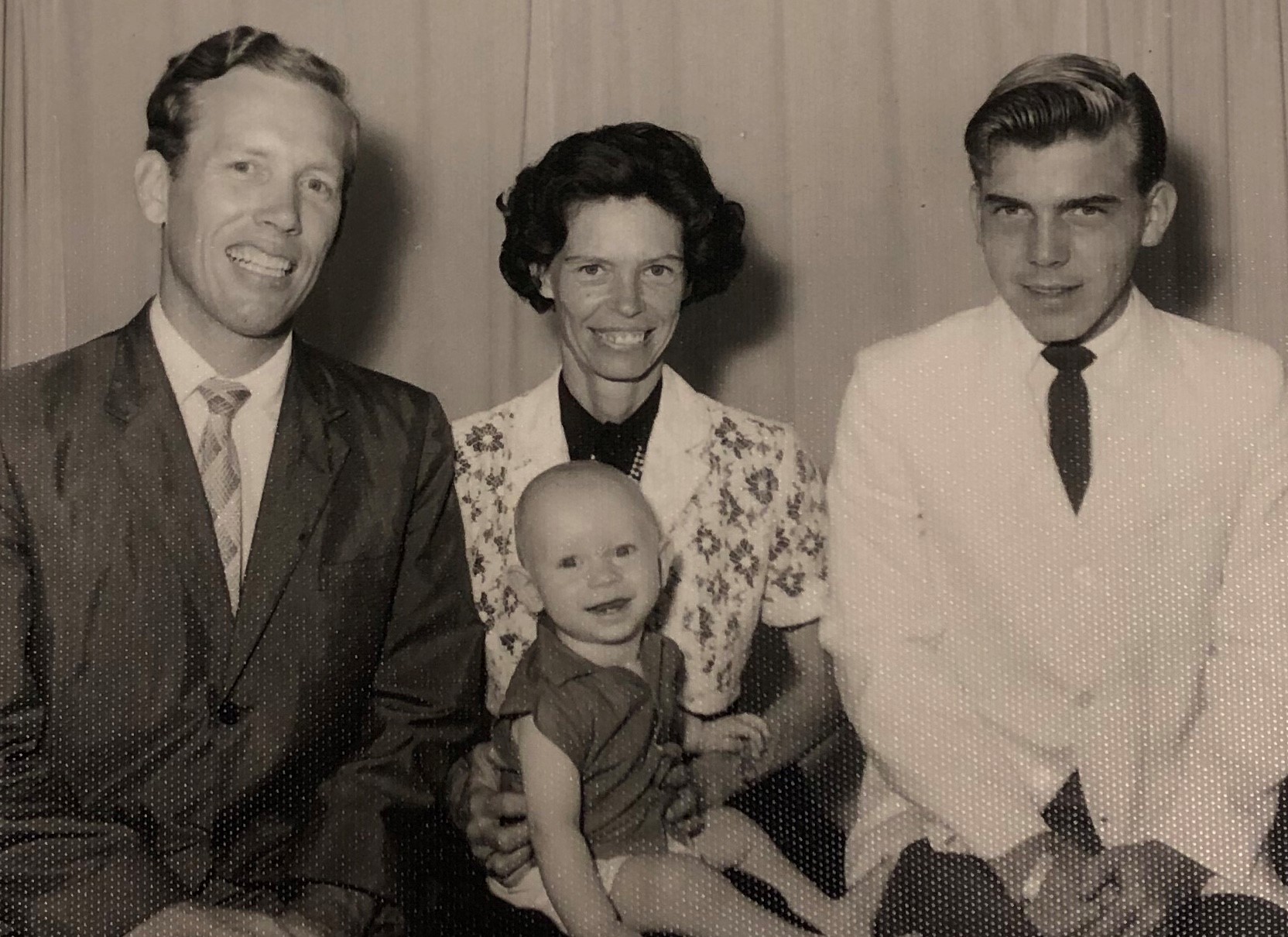
Carl and Jeanette Hunker
The unexpected discovery of one small house church was enough to confirm Carl’s belief that God was at work.
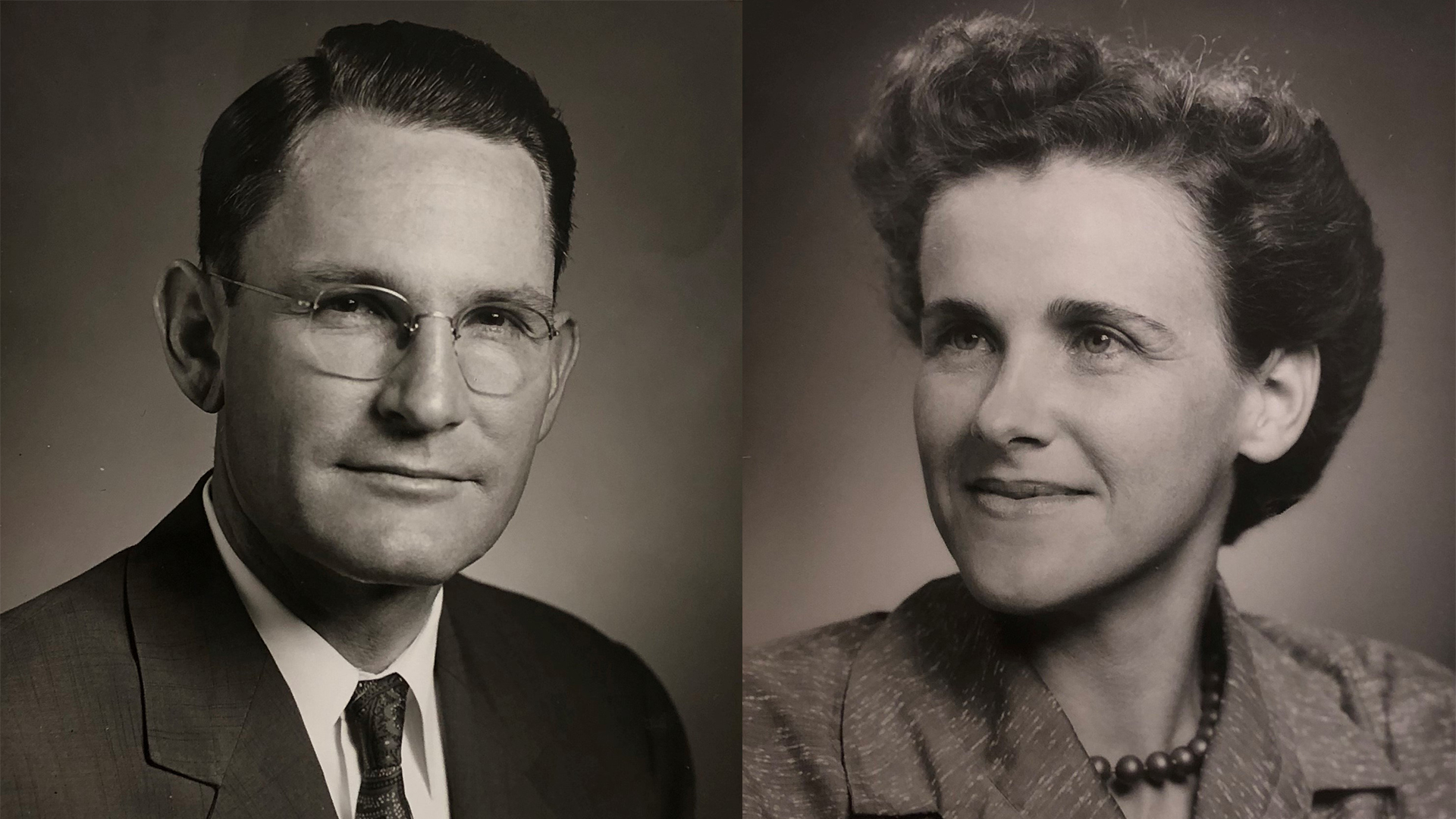
Doug and Evelyn Knapp
As killer bees attacked a group of children from the church, Christians prayed for God’s protection. Skeptics saw the bees as a sign that the church was evil. How would God be glorified through these bees?
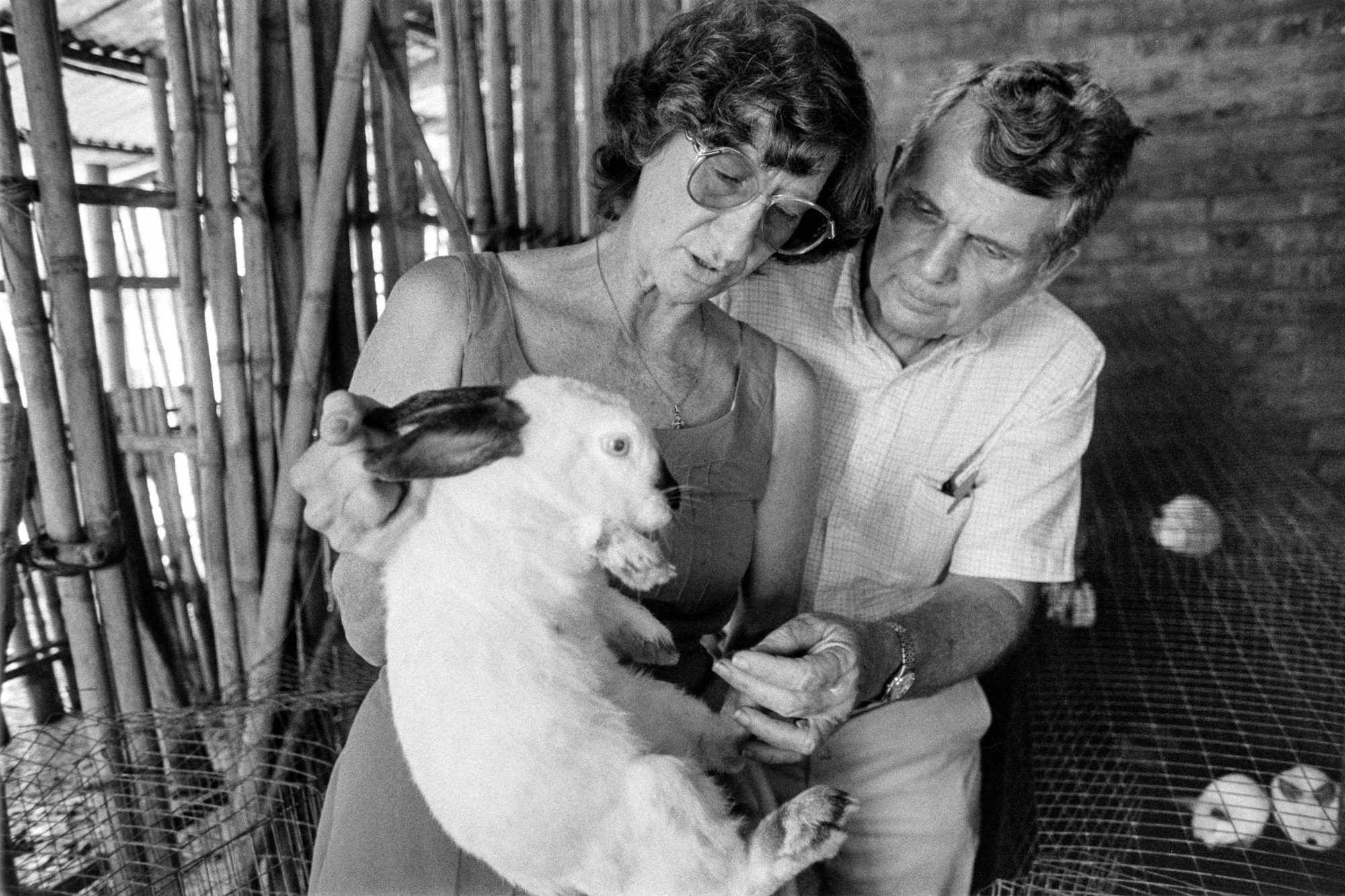
Bill and Susan Smith
Leaving the home they had made in Bangkok, Thailand, was hard for them, but the new work was important, and Bill and Susan were willing to be a part of it.
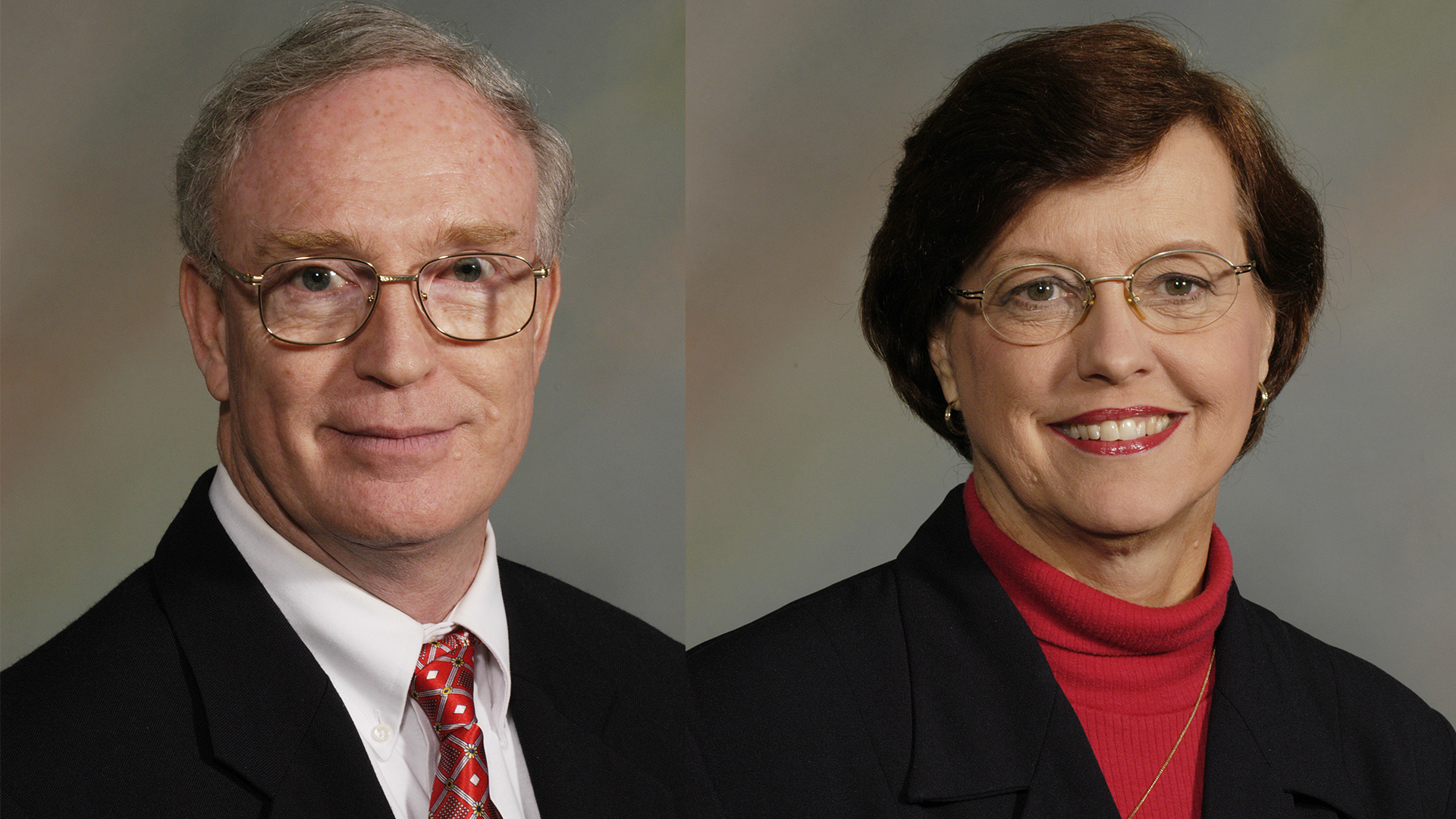
Sam and Ginny Cannata
God changed their ministry with one question: “What did you leave that was really eternal?”
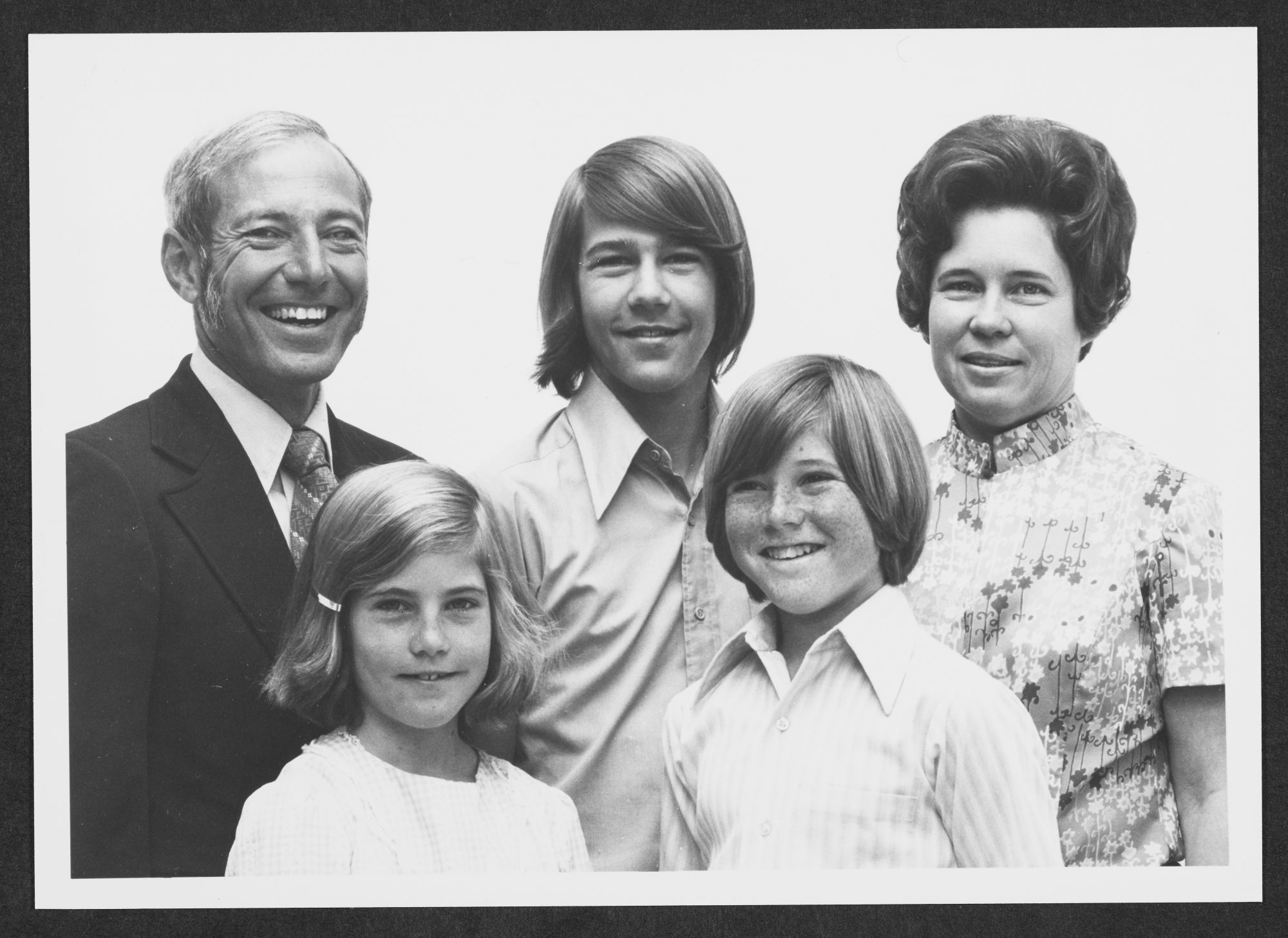
God at Work
Stories From The Field
Drop by Drop, Love Fills the Bucket
The sight of sick, ragged, starving people overwhelms a newly arrived visitor to the hunger area of Ethiopia. It's probably harder on people who see it daily. ...
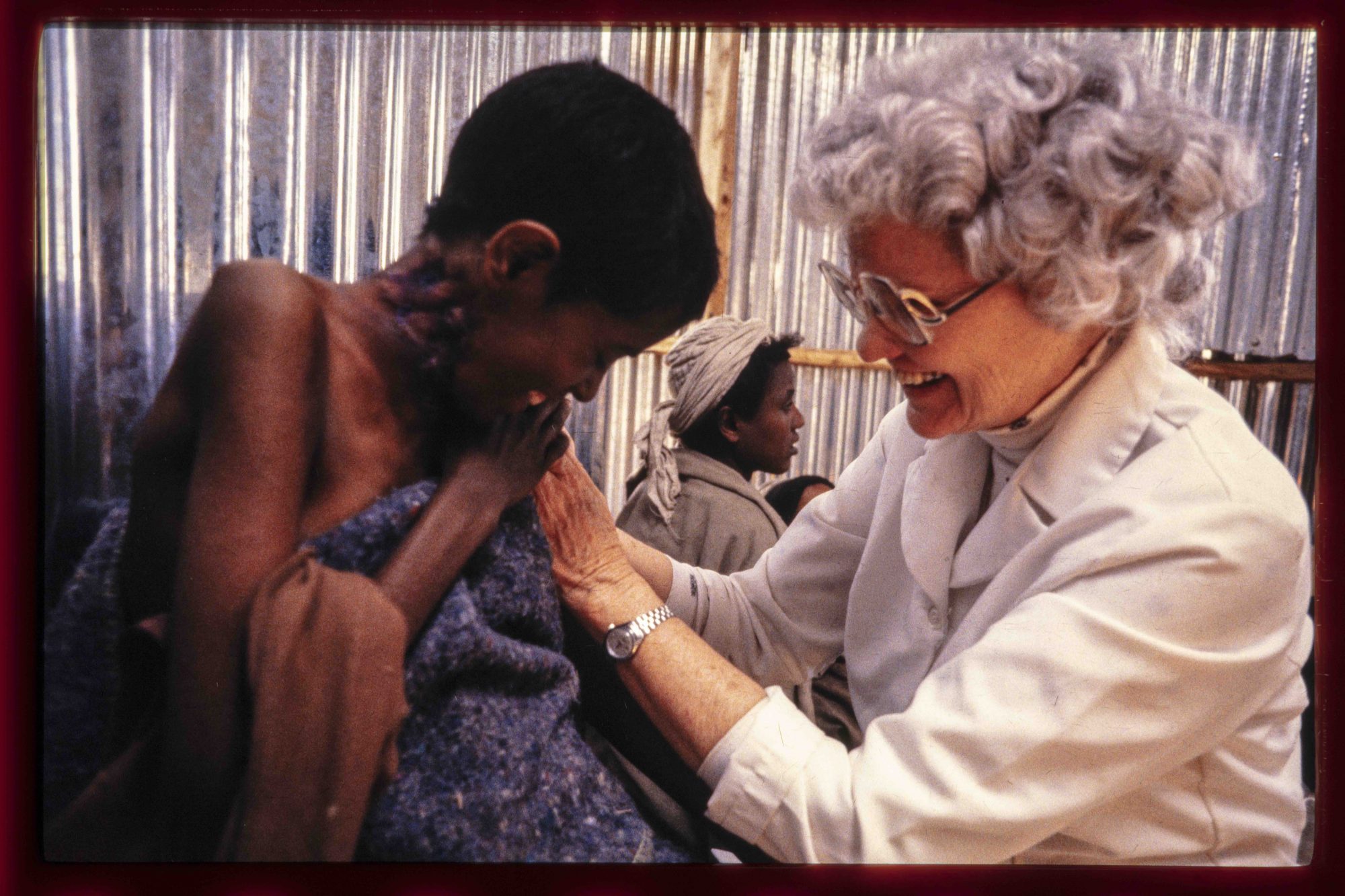
Korean Deacon Sells House to Help Church
Would you sell your house to pay off your church debt? Yoon Young Jong did. ...
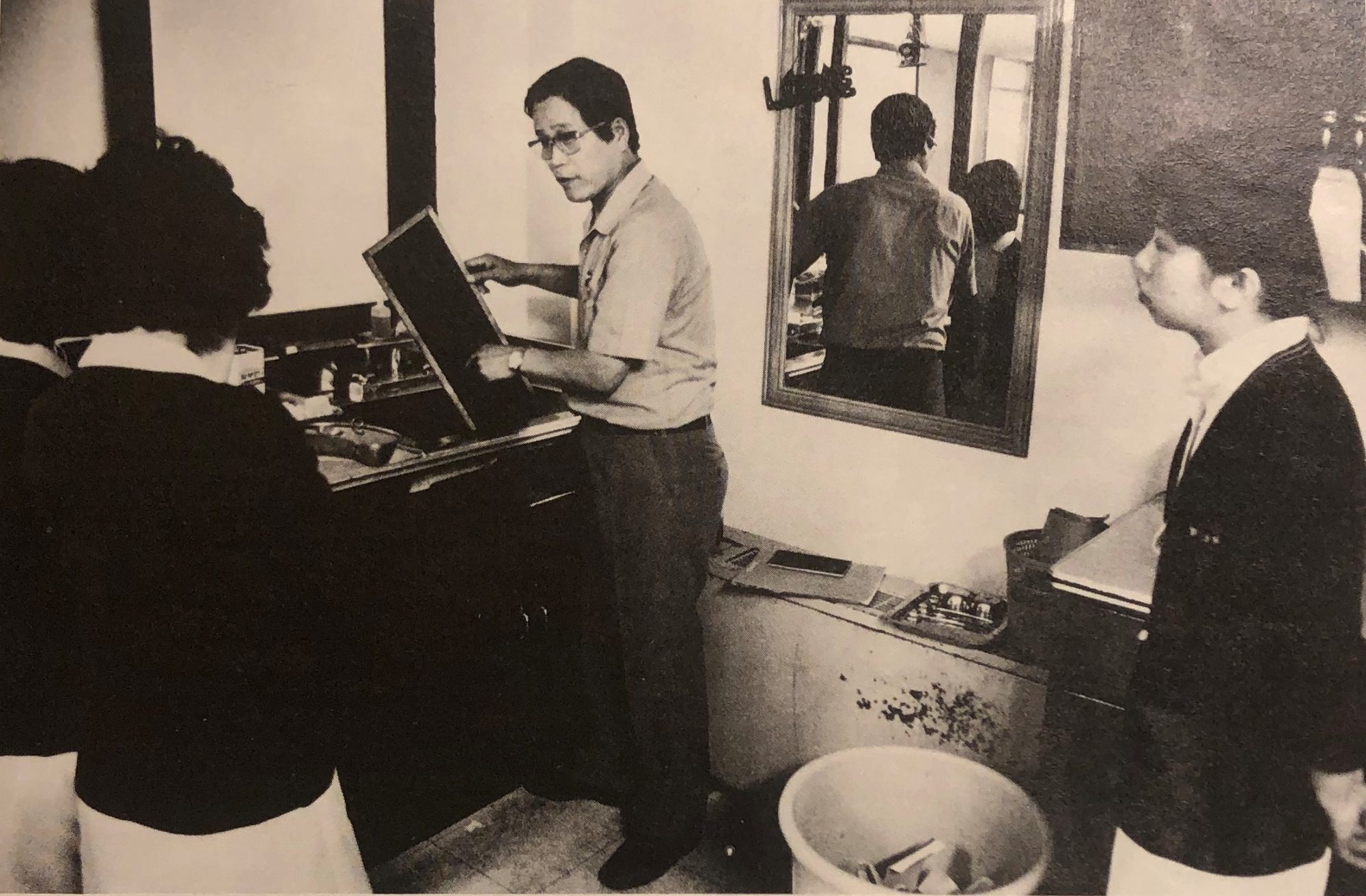
Rural Life Center Fights Hunger in the Philippines
Harold Watson and his team at the Mindanao Baptist Rural Life Center in the Philippines never seem satisfied, even when they can see fruits of their labor all around them. ...
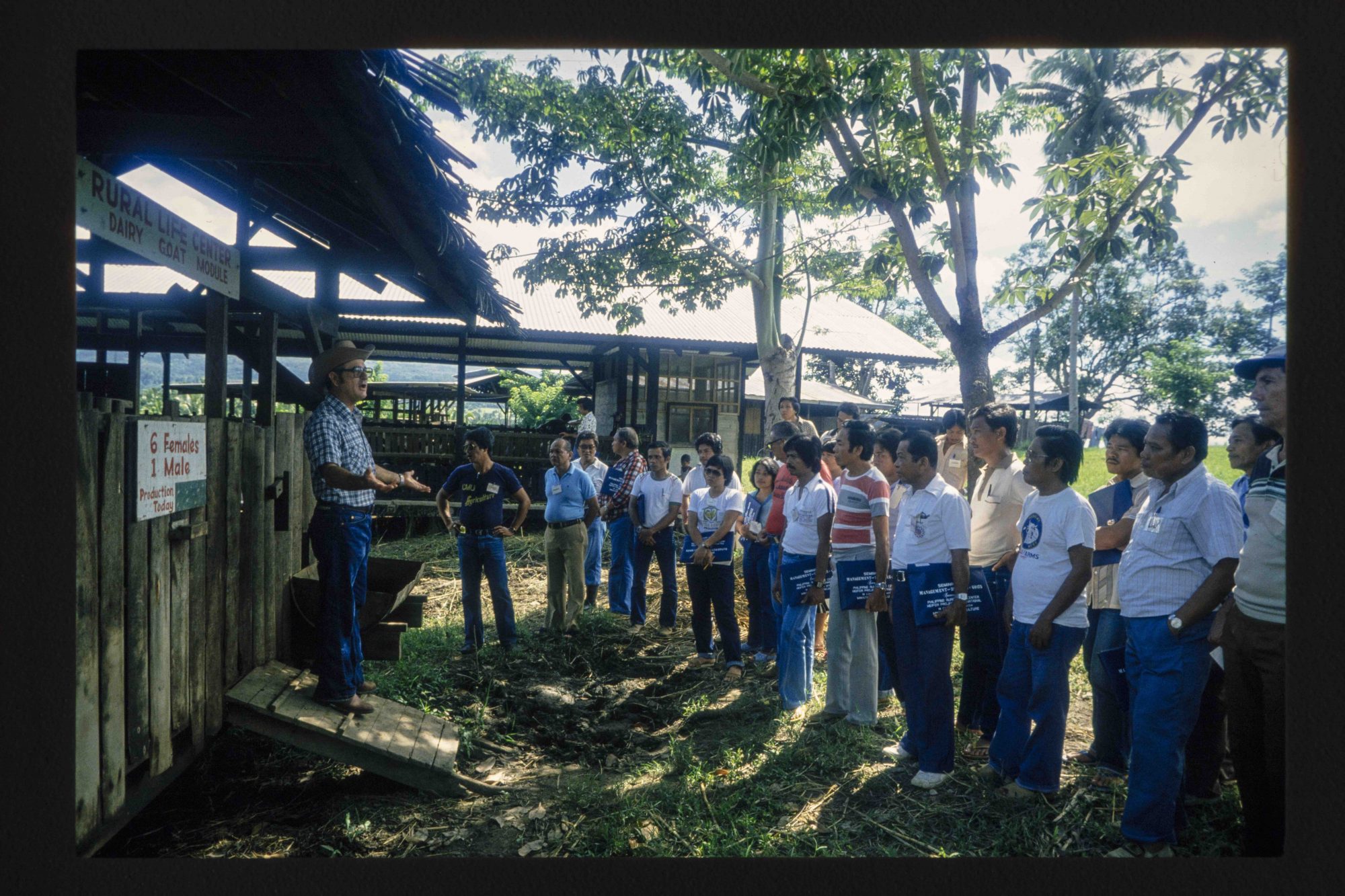
Rising from the Ground
Sam James sat on the gate and prayed for an hour. Nothing like this had been done before.


